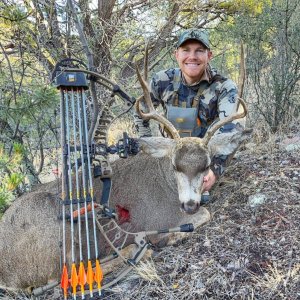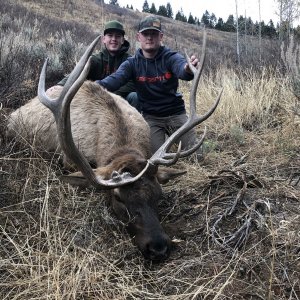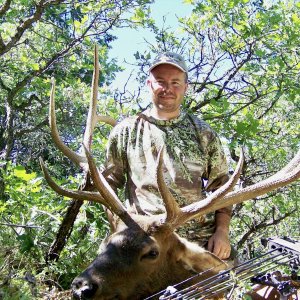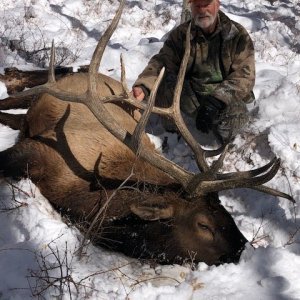You are using an out of date browser. It may not display this or other websites correctly.
You should upgrade or use an alternative browser.
You should upgrade or use an alternative browser.
Antelope draw results?
- Thread starter BRUIN4L
- Start date
yotebuster17
Very Active Member
- Messages
- 1,026
They like to wait until the season is a couple weeks away for some reason.
Has nothing to do with "they like to wait". But, it is a PITA waiting. mtmuleyThey like to wait until the season is a couple weeks away for some reason.
Soj51hopeful
Very Active Member
- Messages
- 1,621
Big fat nothingburger for me and my boys.
yotebuster17
Very Active Member
- Messages
- 1,026
4 points and nothing. Up until 5 years ago I have always drawn it every year. Thanks a lot Bin Laden
yotebuster17
Very Active Member
- Messages
- 1,026
I ended up getting turned down on the state side, but drew a Fort Peck non tribal tag. Anyone ever mess around in there? It’s close to home so I thought I’d see what it’s all about. Not expecting much 
BuzzH
Long Time Member
- Messages
- 6,374
Could have thrown a rock and hit tribal land where I shot his buck near Fort Peck.I ended up getting turned down on the state side, but drew a Fort Peck non tribal tag. Anyone ever mess around in there? It’s close to home so I thought I’d see what it’s all about. Not expecting much
There was a fort peck guide and his hunter waiting for this buck to cross onto the tribal land when I killed it.
The hunting around there is sort of ho-hum for pronghorn, average bucks.
What? Got a link where I can see this? mtmuleythey issued 750 supplemental doe tags and 5000 buck tags for the 700-20, not sure how many doe tags they issued last year.
I don't think he added doe tags "on". Unless I missed something bad. mtmuleyIf the herd looked bad last year…..those doe tags will help things…..
Fireguy65
Member
- Messages
- 53
Here is the montana fish and game report:
|
Last edited:
Similar threads
Montana Hunting Guides & Outfitters
 Bearpaw Outfitters
Bearpaw Outfitters
Mule deer, whitetail, antelope, buffalo, and prairie dogs on private ranch leases totaling about 100,000 acres.
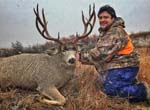 Urge 2 Hunt
Urge 2 Hunt
We focus on trophy elk, mule deer, whitetail and antelope and manage our ranches for top quality.
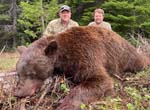 Vargo Hunting
Vargo Hunting
Top quality bear, antelope and free range bison hunts on the Crow Indian Res. Turkey and cougar as well.

